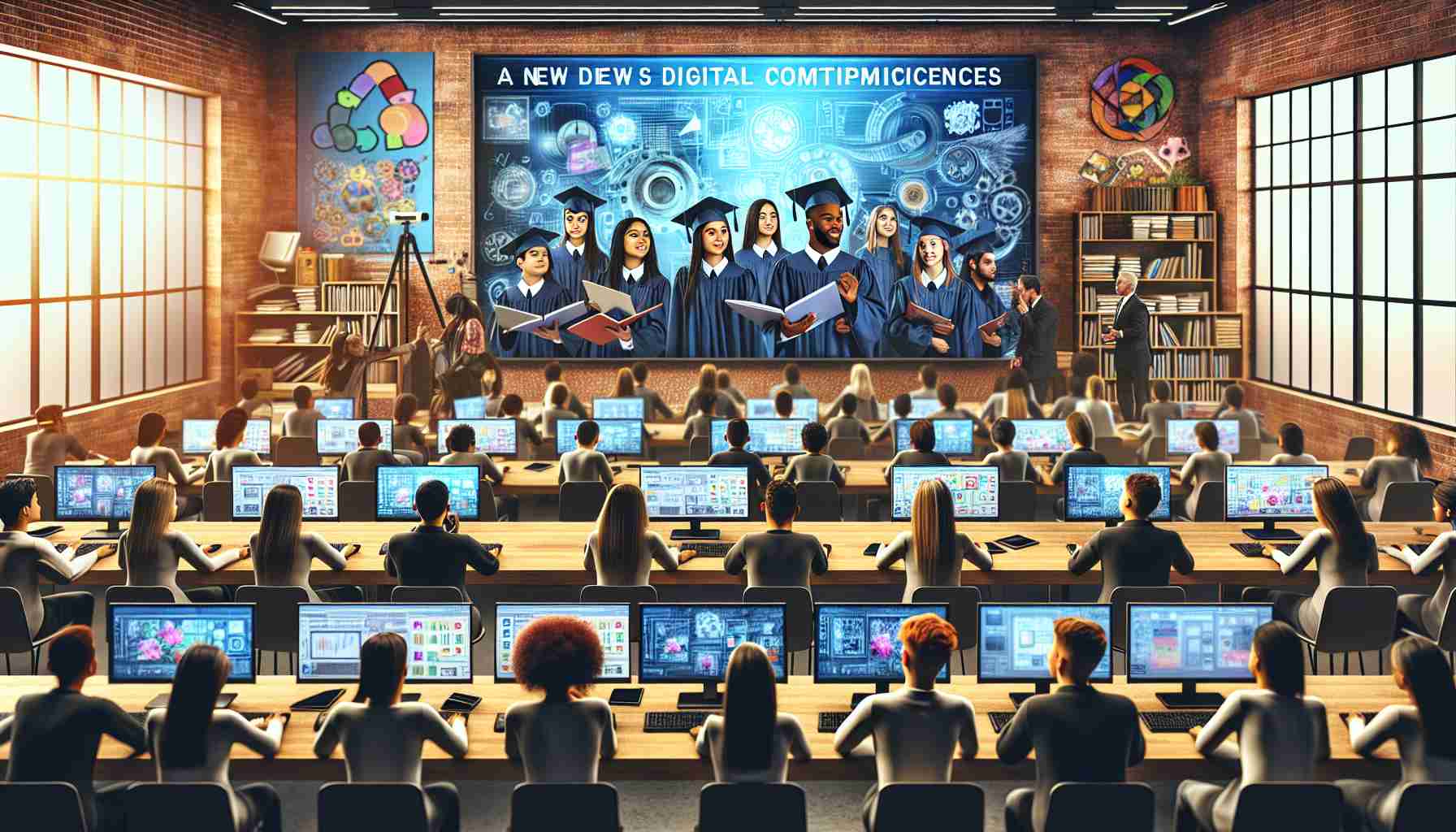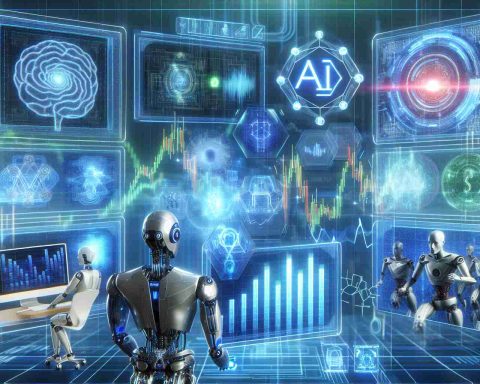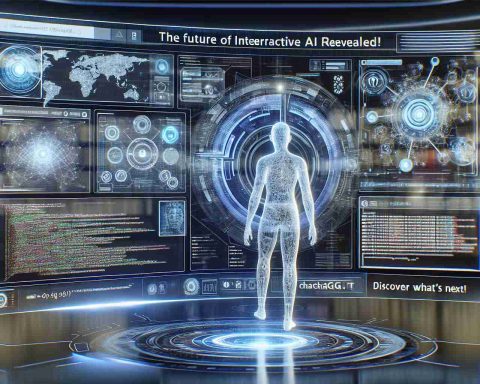Revised Curriculum Approach
A strategy is being devised to create a new educational curriculum that emphasizes not just computer science but broader technological developments.
– The development of digital skills and competencies of students, including social and ethical aspects of technology use, should not only be a preamble to the current curriculum but should also be integrated into subject curricula at all educational levels. It’s crucial to implement solutions that incorporate these tools into educational institutions in a way that enhances the educational process while minimizing risks and ethical breaches – as outlined in the plan.
The government aims for the curriculum to include active teaching methods, robotics, and computer science with physical devices. This approach aims to foster a deeper understanding of artificial intelligence and machine learning, addressing practical implications in various disciplines.
– It is imperative to establish methods that introduce these tools into educational settings in a manner that is beneficial to the educational process, ensuring ethical considerations are upheld. This requires regulatory and educational support for teachers to effectively integrate these tools – as specified.
Educational Institutions Preparing Teachers in This Field?
The government emphasizes that teacher training in utilizing new technologies should commence during their studies, a factor underscored in the new standards of education.
– The scope of preparation in computer science and methodology for teaching computational education to kindergarten and elementary school teachers is explicitly detailed. The quality of this training will depend on the universities implementing the teacher training standards effectively. Ensuring the quality of teacher training in both computer science and digital tools utilization across subjects is vital for educational excellence – highlighted.
Furthermore, the government stresses the importance of ongoing professional development for teachers, financially and organizationally supported. The state should foster the continuous development of this training to address evolving educational needs and significant issues such as the impact of technology on students’ well-being and digital citizenship.
Transitioning to Project-based Learning
A significant shift is proposed in teaching methods, emphasizing project-based learning over traditional classroom approaches. Introducing digital technologies can significantly enhance this teaching method.
– There is a call to supplement traditional classroom systems with alternative teaching models, such as project-based learning, to leverage the full potential of technology. Digital technologies can greatly enrich the learning experience – stated in the plan.
Digital Education Coordinator
To facilitate the integration of new technologies, schools are looking to introduce a new role – the digital education coordinator. This position will support teachers in using digital technology across various activities.
– The coordinator will manage the efficiency of digital technologies, plan necessary upgrades to hardware, software, and digital resources. In certain instances, creating a separate school equipment and software administrator position may be required – highlighted.
In conclusion, while the proposed educational transformation is necessary, its implementation poses challenges, especially regarding training teachers for the digital age. Ongoing efforts and effective strategies will be critical to realize the envisioned digital education landscape in the years to come.
New Strategies for Digital Competencies in Education
With the shift towards a curriculum that places a strong focus on digital competencies, several important questions emerge that shed light on the challenges and advantages associated with this new approach.
What are the key questions?
1. How can educational institutions effectively integrate digital skills and competencies into existing subject curricula?
2. What specific training and support do teachers need to successfully implement these new teaching methods?
3. What are the potential advantages and disadvantages of transitioning to project-based learning in the digital age?
4. How can the role of digital education coordinator enhance the integration of technology in schools?
Key Challenges and Controversies
One of the key challenges associated with the new educational curriculum is ensuring that teachers receive adequate training in utilizing new technologies. The effectiveness of the curriculum hinges on teachers’ ability to seamlessly integrate digital tools into their teaching methods while upholding ethical considerations and student well-being.
Another challenge lies in the transition to project-based learning as the main teaching approach. While digital technologies can enhance this method, there may be concerns about the potential over-reliance on technology and the need for a balance between traditional and digital teaching practices.
Advantages and Disadvantages
Advantages:
– Enhanced student engagement and motivation through interactive digital tools.
– Development of critical thinking and problem-solving skills in real-world applications.
– Preparation of students for a technology-driven future workforce.
Disadvantages:
– Potential distraction and over-reliance on technology in the learning process.
– Unequal access to technology and digital resources among students.
– Challenges in assessing and evaluating project-based learning outcomes effectively.
Related Links:
– National Education Website
– EdTech Resources

















